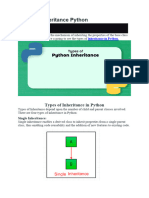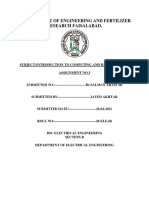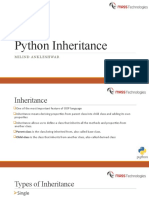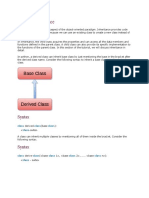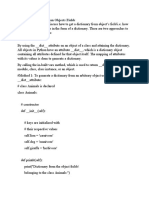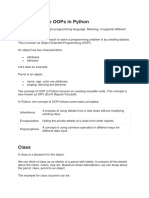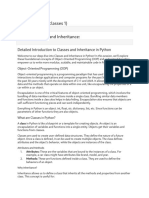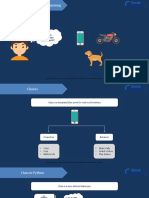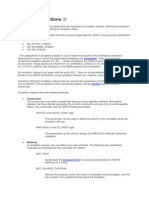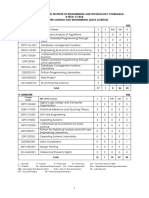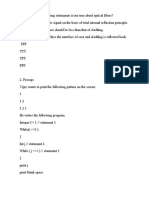0% found this document useful (0 votes)
33 views11 pagesInheritance
The document explains the concept of inheritance in Python, detailing its types including single, multiple, multilevel, hierarchical, and hybrid inheritance. It describes classes and objects as fundamental components of object-oriented programming, emphasizing the reusability of code through inheritance. Examples are provided for each type of inheritance to illustrate their implementation in Python.
Uploaded by
suganyaa.aidsCopyright
© © All Rights Reserved
We take content rights seriously. If you suspect this is your content, claim it here.
Available Formats
Download as DOCX, PDF, TXT or read online on Scribd
0% found this document useful (0 votes)
33 views11 pagesInheritance
The document explains the concept of inheritance in Python, detailing its types including single, multiple, multilevel, hierarchical, and hybrid inheritance. It describes classes and objects as fundamental components of object-oriented programming, emphasizing the reusability of code through inheritance. Examples are provided for each type of inheritance to illustrate their implementation in Python.
Uploaded by
suganyaa.aidsCopyright
© © All Rights Reserved
We take content rights seriously. If you suspect this is your content, claim it here.
Available Formats
Download as DOCX, PDF, TXT or read online on Scribd
/ 11


